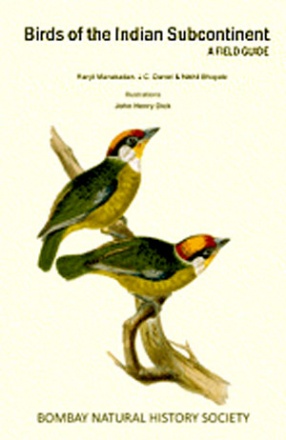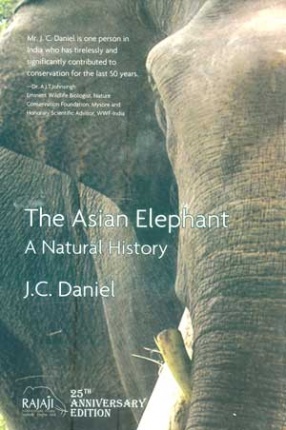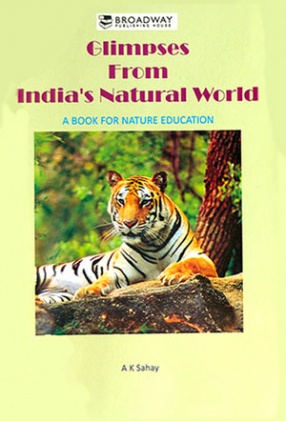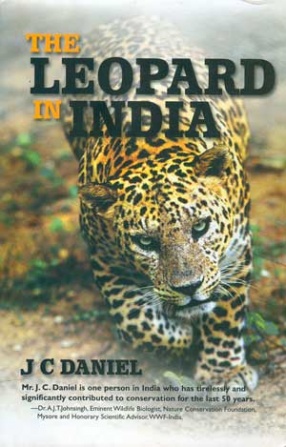
J C Daniel

Showing all 8 books




This book is a revised edition of a pictorial guide to the birds of the Indian subcontinent first published in 1983. The book deals with the birds of the Indian Subcontinent--India, Pakistan, Nepal, Bhutan, Bangladesh and Sri Lanka, including the islands of Andaman and Nicobars, Lakshadweep, and Maldives and not includes Afghanistan and the Chagos Archipelago. The main part of the book is taken up by bird topography and complemented by 112 plates containing ...

A K Sahay is an eminent Indian naturalist, well-known for his wildlife columns in The Statesman. He laments the fact that Indians are often less aware of and interested in the country's extraordinary wildlife than foreign visitors. Partly to help remedy this state of affairs, he has published this accessible photographic guide, containing high-quality images of 130 animal species with Latin names and notes on distribution. In addition, there are sections on ...


The Asian Elephant has a remarkable association with man in India, as a part of the country's religious and cultural heritage. Curiously enough, scientific enquiry into the ecology of the elephant in India was not undertaken till the late 1970s, despite it being a significant part of human history from time immemorial. However, considerable information on the natural history of the Asian elephant, previously published has been collated in this book. The book also ...

Elegant in its beautiful coat and lithe body, the leopard is a majestic predator. It's small size permits it to occupy habitat denied to its larger cousins and its strength, intelligence and ability give it a wide spectrum of prey species ranging in size from a young buffalo to a small rodent. Unfortunately, like its cousins, ruthless poaching and sadly diminishing habitat threaten its survival. This book is the first to collate all available and ...

The tiger has always been associated with India as hunting the tiger was the acme of sport hunting. Though focused on hunting, considerable data is available on its natural history from observant hunters who had to study the habits and behaviour of the animal if they were to stay alive. The book on the natural history of the tiger looks at the era when the tiger was considered as an animal not on the verge of extinction but an animal to be exterminated! The ...

In 1983, during the Centenary year of the Bombay Natural History Society, the Society published, with financial assistance from the Govt. of India, my book on the Reptiles of India. This is not revised reprint but a new presentation, in which the earlier text on reptiles has been revised in the light of currently available information and an entirely new section added on the amphibian fauna of the Subcontinent, particularly of India. The book remains focused on ...

